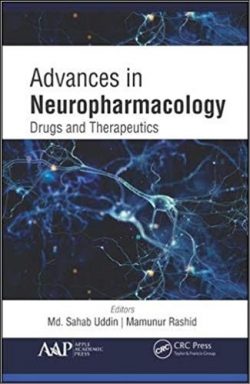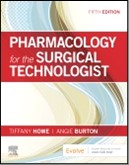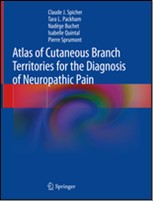This book describes the latest modalities such as tau PET imaging for diagnosis of Alzheimer’s disease and other dementias, and also provides information on handling and analyzing imaging data that is not found in other books. In addition, it introduces routine imaging studies in the management of dementia in Japan. The prevalence of dementia has increased over the past few decades, either because of greater awareness and more accurate diagnosis, or because increased longevity has created a larger population of the elderly, the age group most commonly affected. Although only clinical assessment can lead to a diagnosis of dementia, neuroimaging in dementia is recommended by most clinical guidelines, and its adjunct role has traditionally been to exclude a mass lesion rather than to support a specific diagnosis. Neuroimaging may be also helpful for developing new strategies to achieve diagnoses as early as possible for therapies aimed at slowing the progression of neurodegenerative diseases manifesting dementia. Under these conditions, all clinicians and researchers who are involved in neuroimaging for dementia should decide which patients to scan, when imaging patients is most useful, which modality to use, how to handle imaging data from many institutions, and which analytical tool to use. This edition comprises contributions from leading Japanese experts in their fields. 1.- Epidemiology of dementia in Japan 2.- Diagnostic criteria for Alzheimer’s disease 3.- Pathology for Alzheimer’s disease and other dementias 4.- Structural neuroimaging in Alzheimer’s disease 5.- MRI diagnosis in other dementias 6.- Diffusion Tensor Imaging in dementia 7.- Arterial Spin Labeling in dementia 8.- Magnetic Resonance Spectroscopy in dementia 9.- Resting-state fMRI in dementia 10.- FDG-PET in Alzheimer’s disease 11.- Amyloid PET in Alzheimer’s disease 12.- Tau PET in neurodegenerative diseases manifesting dementia 13.- Bran perfusion SPECT in Alzheimer’s disease 14.- Neuroimaging of dementia with Lewy bodies 15.- Neuroimaging of frontotemporal lobe degeneration 16.- Neuroimaging study of Alzheimer’s disease in population-based cohort 17.- Handling of MRI data in a multi-center study 18.- Standardization and quality control of PET data in a multi-center study.
“This is a guide to aid researchers and clinicians in decision making and analysis of imaging for Alzheimer’s disease and related dementias. … The audience is anyone involved in clinical care or research where imaging is needed. … The authors are well respected experts in their areas. … The images are of high quality and are discussed explicitly.” (Carol Lippa, Doody’s Book Reviews, February, 2018) Hiroshi Matsuda Integrative Brain Imaging Center, National Center of Neurology and Psychiatry
Describes the latest modalities for diagnosis of Alzheimer’s disease and other dementias
Provides information on handling and analyzing imaging data for dementia
Includes routine imaging studies in the management of dementia





